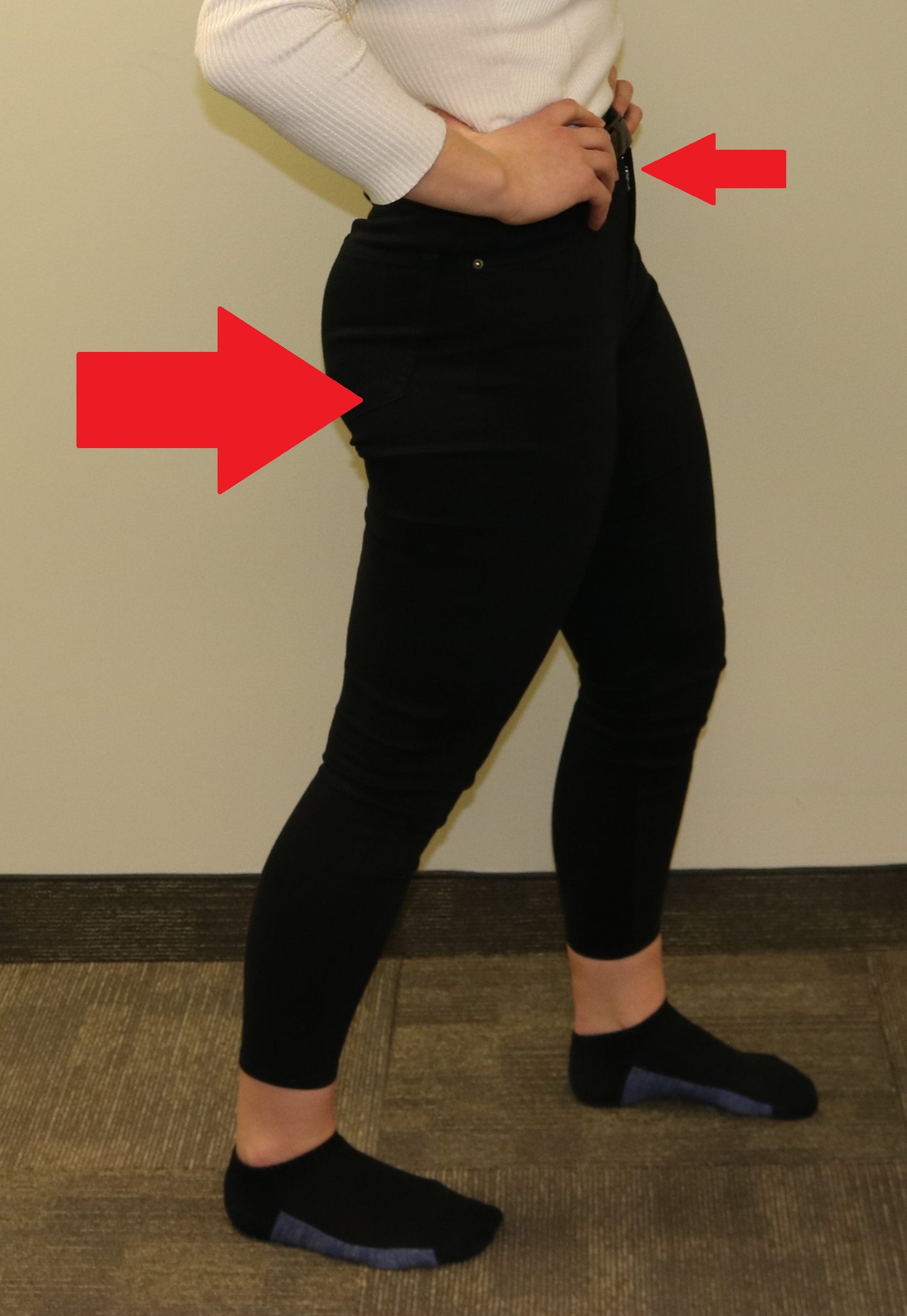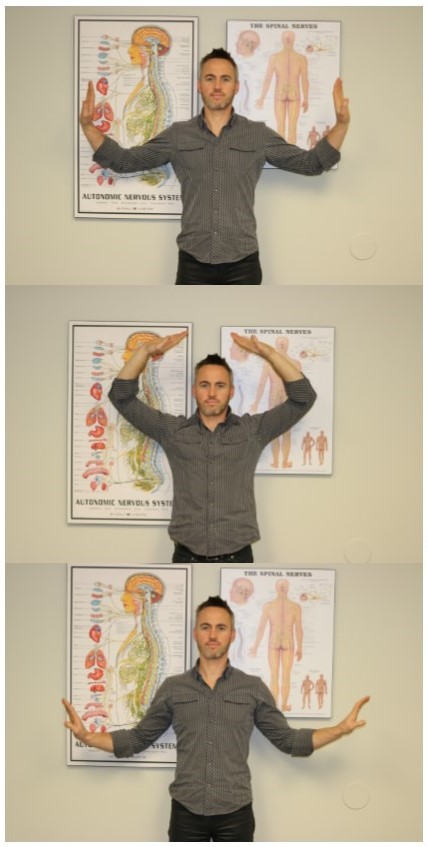The daily habits are an essential part of your care at Peninsula Chiropractic. These daily movements allow you to take an active role in your care, while also increasing the “effectiveness” of the adjustments that Dr. Egan is making. If you haven't already had your Daily Habits with Louise, make sure you ask about it at your next appointment!
There are two main movements that are involved in the daily habits, both taking no more than 2-3 minutes each. Less than 10 minutes a day of these rehabilitation movements could be the tipping point where you start to see a great deal of improvements within how you're functioning and feeling throughout your care.
The first of the two movements is the hip flexor stretch. Your hip flexors are a group of muscles attached from mid-spine down to the upper leg. The purpose of these muscles is to flex the hip (bring the thigh bone closer to your stomach).
As you can imagine, these muscles play a big part in walking, bending, sitting, and overall posture, so when they are compromised (shortened or weakened), these normal, daily movements are also compromised. When the hips are in a flexed position, the hip flexors are contracting (shortening). If kept in this shortened position for a long period of time (e.g. sitting at your desk all day at work), the hip flexors will become tight. When the hip flexors are tight this puts the pelvis in a less than optimal position which leads to a great deal of stress to be placed on the lower back.
This is why it is so important to keep the hip flexors stretched. To do this you're going to stand in an upright, tall position with your feet staggered one in front of the other, shoulder width apart. Now you're going to do a posterior pelvic tilt – this movement is performed as though you're tucking your tailbone in between your legs. You should feel a stretch through the front of the trailing leg. Try and avoid twisting one way or another to get a deeper stretch.

To get a deeper stretch, you can come into a lunge position, one knee on the ground, the other foot planted in front so that both knees make a 90-degree angle. Again, keep your torso tall and upright, now push forward with your hips, this should provide a deeper stretch through your hip flexor.
Perform this movement at least twice daily, for 45 seconds – 1 min per leg.
The other movement is the Wall Angel.
This movement has multiple benefits: it helps increase range of motion through the upper body, improves posture, as well as helps strengthen the shoulders and mid-upper back.
For this movement you will need a wall. Stand with your back against the wall, arms out directly to your sides, slightly bent, and palms facing away from you (this will increase the stretch through your chest). Your posture should be good – picture a string attached from the top of your head that is pulling you upwards. To execute the movement, start by moving your arms up towards your head – your goal should be to keep your arms flat against the wall through the entire movement, without breaking your postural form. Bring your arms back down to your sides and repeat. This is a continuous movement, so your arms should be moving for the entire time period that you're performing this exercise.

Something else to keep in mind is your shoulder blades. While performing the Wall Angel you should be conscious about the muscles in your back. Think about pinching your shoulder blades together while you performing this movement (but don't pop your chest forwards), this will help you engage the postural muscles. Dr. Egan has been making the movement of your vertebrae back to where they're supposed to be, however there are muscles that are surrounding that bone that have been in this comfortable, subluxated position for a while now – those muscles are going to start pulling that bone back to where they're comfortable. This is why it's so important to do the Wall Angel as it helps retrain those muscles to sit in a position along the spine that keeps the vertebrae in place.
Perform this movement at least twice a day for 45 seconds – 1 minute each. A great time to do it would be when you get up in a morning before you do anything else. This sets you up for good posture throughout the day and is a great way to wake you up by getting your blood flowing through your body after being immobile for 8 hours while you slept.